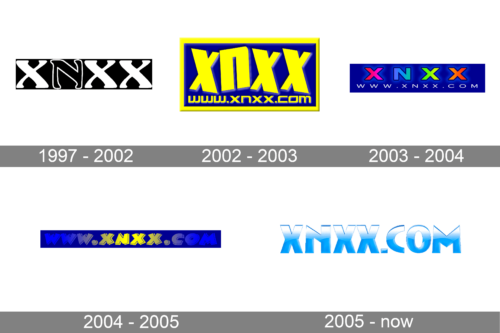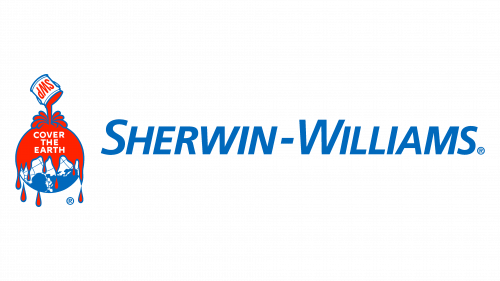
- Version
- Download 74
- File Size 90.98 KB
- File Count 1
- Create Date December 12, 2024
- Last Updated December 12, 2024
Manchester City Football Club, established in 1880 as St. Mark's, has become one of the most prominent and successful football clubs in England. Initially founded in Manchester, the club adopted the name "Manchester City" in 1894 and has since evolved both on and off the field, including changes to its visual identity. The club’s home stadium, the City of Manchester Stadium, replaced the historic Maine Road in 2003, marking a new era for the team.
Evolution of the Manchester City Logo
The logo of Manchester City has seen many transformations over its history, adapting to the changing times while maintaining key elements of its identity. The club’s visual branding has reflected its growth and heritage, from its humble beginnings as St. Mark's to its modern-day success in the English Premier League.
1880 – 1894: St. Mark's FC
The first logo for St. Mark's FC featured a bold, monochrome circular design. The emblem consisted of a white cross on a black background, surrounded by a double white outline. The wordmark, "St. Mark’s West Gordon," was placed around the edge in an easy sans-serif font. The date "1880" marked the founding year of the club. This logo was simple yet striking, providing a clear visual representation of the club in its early days.
1887 – 1994: Early Shields and Crests
By the late 1880s, Manchester City adopted a crest-based logo with a blue and white color palette. The badge was divided into four segments, with the letters "AAFC" prominently featured. This design remained in use for several years before evolving further.
1894 – 2011: The Coat of Arms Era
When the club officially became Manchester City FC in 1894, it began to incorporate the coat of arms of the city of Manchester into its logo. The emblem featured an orange shield with three yellow oblique lines, a clipper ship at the top, and two animals—a white deer on the left and a golden lion on the right. These elements were surrounded by a globe with a pale blue and pink color palette. The design remained largely unchanged for several decades, representing the club's deep connection to the city.
1960s – 1990s: Simplifications and Modernization
In the 1960s, the club introduced a simplified version of the coat of arms logo, with the orange and yellow shield placed on a light blue background. The clipper ship was simplified in yellow, and the emblem was framed with a thick black-and-white circle. Over the years, the color scheme shifted, with blue and gold becoming more prominent, particularly in the 1970s.
In the 1980s, the shield gained gradient blue and white shades, adding more depth to the emblem. By 1997, Manchester City introduced one of its most recognizable logos: a blue shield with three white diagonals, placed on the body of a golden eagle. Three gold stars were added above the eagle, celebrating the club’s successes. The "Superbia In Proelio" motto appeared beneath the shield in a black cursive font, marking a significant shift toward a modern and professional image.
2016 – Present: Return to Classic Elements
In 2016, Manchester City returned to a version of the 1997 logo, incorporating a round shield with a blue-and-gold outline. The clipper ship and the red rose of Lancashire were reinstated, harking back to the club's heritage. The wordmark around the emblem is written in a bold, modern sans-serif font, with the date "1894" added in light blue. This updated logo blends tradition with contemporary design, appealing to the club's loyal fanbase while ensuring a timeless visual identity.
Font and Color
The current Manchester City logo uses a clear and minimalist sans-serif typeface, with all letters in uppercase. This font is modern and professional, reflecting the club’s high standards both on and off the pitch.
Club Colors:
Manchester City's colors are primarily light blue (sky blue) and white, with variations for away kits, including maroon and combinations of red and black. The home color palette of blue has been a constant in the club’s identity since at least 1892.
- Sky Blue: PANTONE: PMS 292 C | HEX: #6CABDD
- Blue: PANTONE: PMS 281 C | HEX: #1C2C5B
- Gold: PANTONE: PMS 135 C | HEX: #FFC659
- Dark Gold: PANTONE: PMS 7555 C | HEX: #D4A12A
- Red: PANTONE: PMS 485 C | HEX: #EC3325
Final Thoughts
The Manchester City logo has undergone numerous redesigns throughout its history, each marking a significant point in the club's journey. From the initial St. Mark’s FC badge to the heraldic city coat of arms, the modern logo reflects the balance between honoring tradition and embracing innovation. The current design encapsulates the club's commitment to excellence, both in the world of football and beyond, while remaining deeply connected to its roots in Manchester.
| File | Action |
|---|---|
| Manchester City Logo.png | Download |








